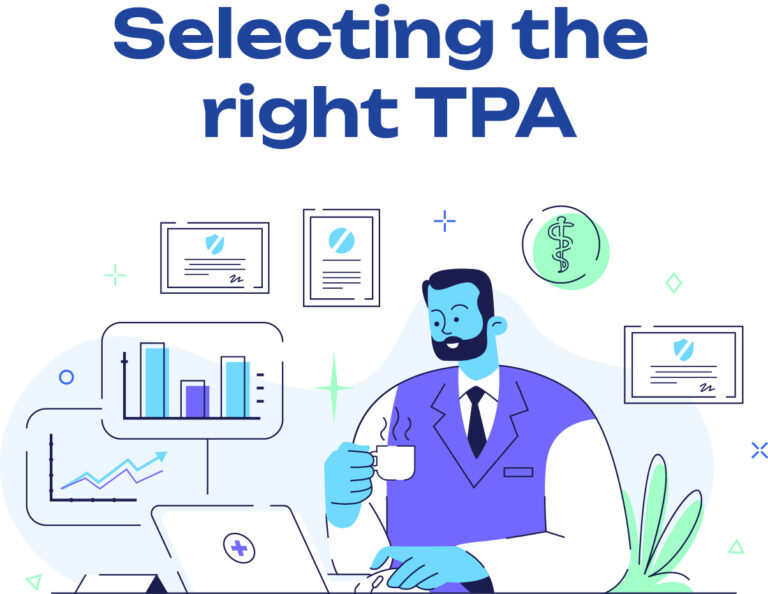Employee benefits play a crucial role in attracting and retaining top talent, but managing them effectively requires more than just offering competitive packages. Strong benefits governance—having structured policies, oversight, and compliance measures in place—can enhance an organization’s ability to manage costs, mitigate risks, and align benefits with business goals. Employers that prioritize benefits governance gain a strategic advantage in the marketplace by ensuring efficiency, compliance, and employee satisfaction.
What Is Benefits Governance?
Benefits governance refers to the framework and processes an organization uses to manage its employee benefits program. It includes decision-making structures, compliance monitoring, cost management strategies, and risk oversight. A well-governed benefits program:
- Aligns with company objectives and workforce needs
- Ensures compliance with federal and state regulations
- Enhances financial sustainability
- Reduces administrative inefficiencies
- Improves employee experience and engagement
The Competitive Advantages of Strong Benefits Governance
1. Cost Control and Financial Efficiency
A well-managed benefits program allows organizations to optimize costs while maintaining competitive offerings. By regularly evaluating plan performance, renegotiating contracts, and leveraging data analytics, employers can ensure they’re getting the most value from their benefits spend.
Key Action: Establish a governance committee to review plan costs, utilization rates, and vendor performance on a regular basis.
2. Compliance and Risk Mitigation
Benefits programs are subject to complex legal and regulatory requirements, including the Employee Retirement Income Security Act (ERISA), the Affordable Care Act (ACA), and various state-specific laws. Failing to comply can result in costly penalties and legal exposure.
Key Action: Conduct regular compliance audits and stay updated on legislative changes that may impact benefits administration.
3. Enhancing Employee Experience and Engagement
Employees who understand and utilize their benefits effectively are more engaged and satisfied at work. A governance structure that ensures clear communication, accessibility, and alignment with employee needs helps maximize program value.
Key Action: Implement educational initiatives and digital tools that help employees make informed benefits decisions.
4. Strategic Alignment with Business Goals
A structured approach to benefits governance ensures that offerings are aligned with broader business objectives, such as talent acquisition, retention, and workforce productivity. Employers that integrate benefits strategy with company culture and long-term planning gain a distinct competitive advantage.
Key Action: Use workforce analytics to assess benefits impact and adjust strategies based on employee needs and business goals.
Building a Strong Benefits Governance Framework
Employers can strengthen their benefits governance by implementing:
- A Dedicated Governance Committee – A cross-functional team responsible for overseeing benefits strategy, compliance, and cost management.
- Regular Plan Reviews and Audits – Assessing plan effectiveness, financial sustainability, and legal compliance.
- Data-Driven Decision-Making – Leveraging analytics to optimize plan design and employee engagement.
- Employee Feedback Mechanisms – Gathering insights from employees to refine and improve benefits offerings.
The Future of Benefits Governance
As the workplace continues to evolve, benefits governance will become increasingly critical. Employers that take a proactive approach—leveraging technology, compliance best practices, and employee-centered strategies—will be better positioned to attract top talent, manage costs, and stay ahead in a competitive market.
A strong benefits governance framework isn’t just about compliance—it’s a strategic tool that can drive business success. By prioritizing governance, organizations can maximize the value of their benefits programs while ensuring long-term sustainability and competitive advantage.






